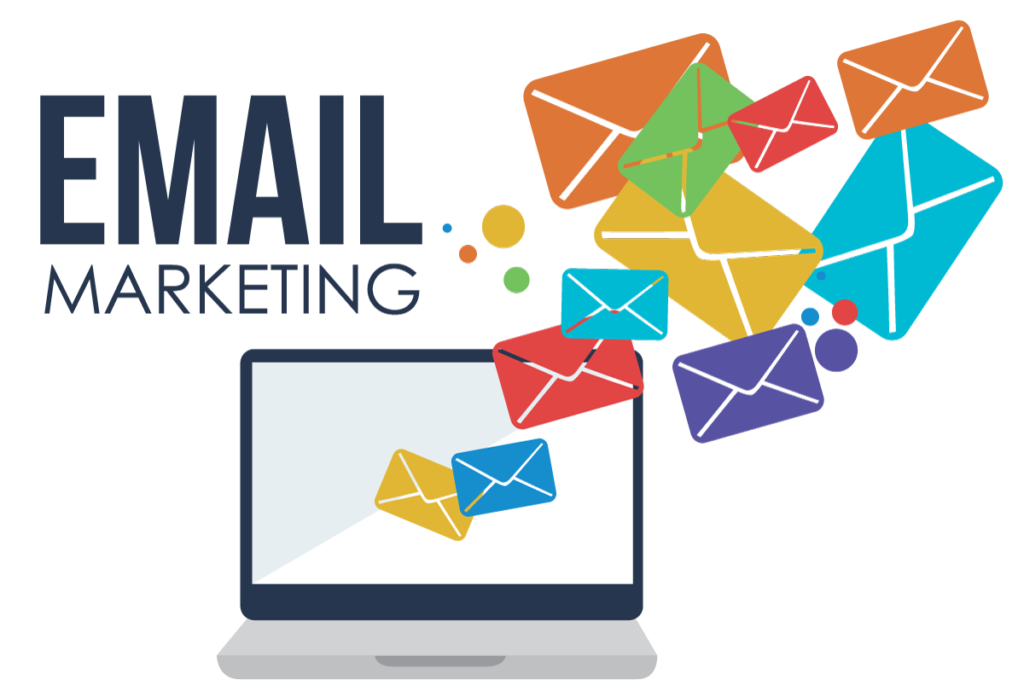PHP Mailer: Streamlining Email Delivery for Seamless Communication
In the digital age, effective communication is crucial for businesses and developers alike. When it comes to sending emails programmatically, PHP Mailer stands tall as a robust and versatile solution. Whether you’re a seasoned developer or just starting with PHP, PHP Mailer offers a user-friendly way to streamline email delivery and enhance your application’s communication capabilities. In this blog, we’ll explore the power of PHP Mailer and how it simplifies the process of sending emails with PHP. What is PHP Mailer? PHP Mailer is a popular and reliable open-source library that allows developers to send emails effortlessly through PHP scripts. It provides a simple and intuitive API, enabling you to send text-based and HTML-based emails with ease. Whether you need to send transactional emails, newsletters, or user notifications, PHP Mailer has got you covered. Advantages of PHP Mailer: – Easy Integration: PHP Mailer is easy to integrate into your PHP projects. With just a few lines of code, you can start sending emails without the hassle of dealing with complex email configurations. – Support for Attachments: Need to send files along with your emails? PHP Mailer lets you add attachments, making it ideal for sending invoices, reports, or any other file types. – SMTP Support: PHP Mailer supports both PHP’s mail() function and SMTP servers, providing flexibility and reliability in email delivery. – Email Customization: Personalization is key to effective communication. PHP Mailer allows you to customize emails, including the sender’s name, subject, and other dynamic content to create engaging messages. Getting Started with PHP Mailer: -Installation: Begin by downloading the latest version of PHP Mailer from its official GitHub repository or by using a package manager like Composer. -Configuration: Once installed, configure PHP Mailer to work with your email service provider or local SMTP server. Set up authentication credentials and other relevant parameters -Sending Your First Email: Now, you’re ready to start sending emails! Use the PHP Mailer API to compose your email, add recipients, set the subject, and add the content. Don’t forget to handle any potential errors during the sending process. Best Practices for Secure Email Delivery: -Avoiding Email Injection: Protect your application from email injection attacks by sanitizing user input and validating email addresses before sending any emails. -Server-Side Validation: Always validate user inputs and form submissions on the server-side to ensure the integrity of the data being sent via emails. -Avoiding Spam Filters: Craft emails that comply with email standards and avoid spammy content to increase the chances of your messages reaching recipients’ inboxes. Troubleshooting Common Issues: -Debugging: PHP Mailer provides useful error handling and debugging options to help you identify and resolve any issues during the email sending process. – Testing on Local Servers: Test PHP Mailer on your local development environment to ensure it functions correctly before deploying it to a live server. Conclusion: PHP Mailer is a game-changer for developers seeking an efficient and secure way to send emails using PHP. With its user-friendly API, support for attachments, SMTP integration, and robust features, PHP Mailer simplifies the complexities of email communication. By adhering to best practices and implementing proper security measures, you can harness the full potential of PHP Mailer and take your application’s email delivery to new heights. Get started with PHP Mailer today and elevate your communication capabilities!
PHP Mailer: Streamlining Email Delivery for Seamless Communication Read More »





